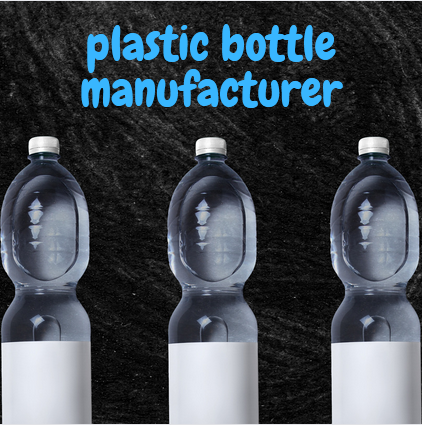Plastics are used for a wide variety of things including packaging, vehicles, and construction. They are also lightweight and durable, which makes them an excellent choice for many products.
The plastic industry in Pakistan has grown at an average of 15% annually. It also contributes billions of rupees to the national exchequer in the form of taxes.
1. Raw Material
The raw material used in plastic factories in lahore is a vital factor that determines the quality of the products. It must be of high quality so that it can withstand the test of time.
The demand for plastics is increasing in Pakistan and the world as a whole. This is due to the growing demand of consumers for easy-to-use and effortless disposable products. While the use of plastic is convenient, it also has a negative impact on the environment. This has led to increasing levels of pollution in land, water and air.
Hence, it is important for businesses to start using environmentally-friendly materials. This can help reduce pollution and make the environment a better place to live in. In the plastics industry, there are many different types of raw materials. Some of these include acetate, polyethylene (PET), PVC and HDPE. These can be used to make a variety of different products, including plastic bottles.
2. Machinery
Injection molding machines are the brains behind the plastic factory of your dreams. These machines produce high quality plastic products with minimal maintenance and at a very reasonable price tag.
They are designed to meet the demands of a growing industry. They can also be customized to suit the specific needs of the user. Besides this, they are an excellent way to save energy and money. This is due to the fact that they use less electricity than a regular washing machine.
The machinery used in plastic factories is of varying sizes and types. The main types include injection molding, blow molding and pet blowing.
There is one major problem with this technology, however: it is not scalable in large quantities. Luckily, the government of Pakistan has taken note of this issue and has facilitated a number of projects to boost the plastics industry. These include the establishment of a national plastics association and the creation of an expo center in Lahore to serve as a hub for the industry.
3. Packaging
Packaging is a very important part of the plastics industry. Its wide range of uses include food, drinks and pharmaceuticals as well as for construction and electronics. It is lightweight and durable, making it easy to carry by consumers and by staff in the supply chain. It is also recyclable.
This means it is not harmful to the environment. In fact, a recent study found that plastic packaging has fewer environmental impacts per kg than alternatives such as aluminum and paper.
In addition, the industry has developed packaging that allows for recycling rather than producing it from scratch. This strategy significantly reduces greenhouse gas emissions.
In addition, the technology used in wholesale plastic manufacture allows for the production of an infinite variety of pack shapes and configurations. These can be printed, coloured or decorated with branding information and are tamper-evident and child resistant.
4. Transportation
Despite its huge population and numerous industrial zones, Lahore lacks a well-developed public transport system. This has led to a high rate of private transport usage in the city.
To alleviate this issue, a metro is under construction in the city. China is funding the project through a $60bn loan. The metro is set to revolutionise Lahore’s transport network. It will allow people to travel faster and more efficiently, a much-needed boost for a city with shattered infrastructure.
However, many of the city’s citizens still don’t have access to it – especially women. In an interview, a first-time user, Abbas Ali, told the Guardian that “the train is definitely better than the bus,” and it will be particularly helpful for women who don’t have access to cars.

